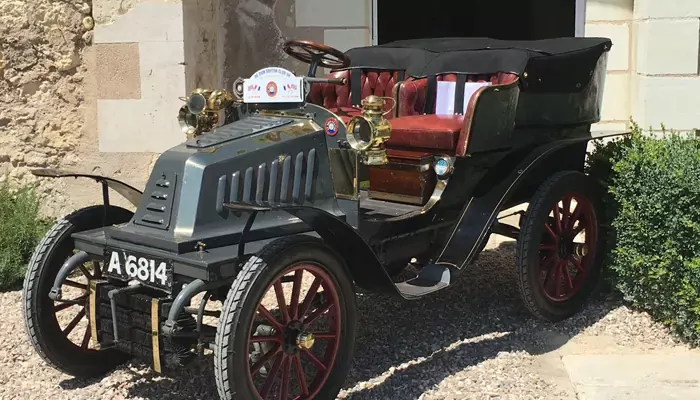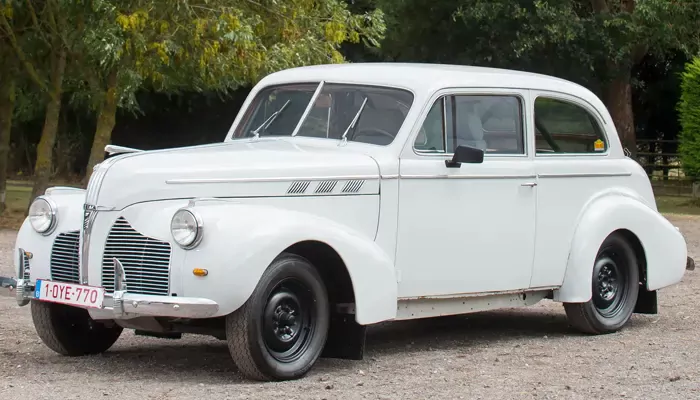
The first car to be driven in India was in 1897, but India didn’t begin assembly or production till 1942.
The first car in India is said to have been driven in 1897, thanks to an Englishman named Foster during the British regime in India. A year later, Mr. Jamsetji Tata of the Tata Group became the first Indian owner of a car in the nation. Despite cars hitting the Indian streets as late as the 1890s, it wasn’t until the 1940s that India started assembling cars locally.

While there are debates on which company assembled the first car in India, our research took us back to the 1920s, 17 years before India gained its freedom.
The year was 1929, when General Motors established an assembly plant in Sewri, near the Bombay Port. General Motors had multiple sub-brands under its banner, including Buick, Chevrolet, Oldsmobile, Pontiac, and Oakland.
Given that cheap labour was readily available in India and the realisation that Asian countries had sufficient funds to invest in the future, i.e., cars, General Motors began assembling the aforementioned models in India to easily export the vehicles to neighbouring Asian countries.

Within the next 10 years, India’s freedom movement grew strong enough to overthrow its colonisers. Not to be forgotten, WWII was also a significant factor, as the British regime had to leave the subcontinent. India, on the path to achieving freedom, realised that the automobile sector is one of the keys to turning the country’s plummeting economy around, which could also prove to be a key step towards industrialisation.
Not to forget, other car and motorcycle manufacturers around the world had taken a note from GM’s textbook. Therefore, even before India gained freedom, companies like Mahindra & Mohammed, Hindustan Motors, Madras Motors, and API had set up their assembly plants.

Mahindra & Mahindra (then Mahindra & Mohammed) kicked off India’s car assembly journey in 1949 with the CJ3A, a jeep made by Willys that gave M&M an exclusive license to assemble the vehicle.
The same year, Hindustan Motors followed M&M’s lead to launch the Hindustan 10 and Baby Hindustan. While many believe Hindustan Motors started with the Ambassador, the Ambassador came later in 1958. In fact, the Ambassador was a rebadged version of the Landmaster, which was launched in 1954. These cars were based on the Morris Oxford Series II and Series III.

General Motors is not an Indian brand and did not establish its plant in India for the nation's betterment. However, their step helped India to join the automobile industry even before India became a sovereign nation. What followed was a friendship, trust, and partnerships between foreign brands and newcomers in India that enabled the country to establish a thriving automobile sector of its own quickly. Unfortunately, India’s automotive history is not well-documented.
Seventy-nine years later, India is the world's largest two-wheeler market, and when it comes to cars, name a model and you will find it in India, regardless of its age or price.